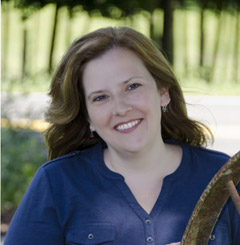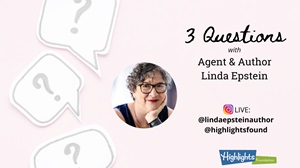You might have as few as five pages to impress readers of your novel.
What makes the first 50 pages of your novel so important? What can you do to ensure that your opening pages provide a solid foundation for the rest of your book?
These two questions are crucial for any writer looking to get their work published. If your first 50 pages are weak, your chances of making a sale are very slim, even if the rest of your book is worthy of winning the Newbery. Without a compelling, well-written opening, potential readers won’t stick with the story long enough to discover all of the twists, turns, and literary gems that are waiting for them throughout the book.
In fact, many agents and editors will tell you that “50 pages” is actually a generous estimate. The real number of pages someone will read before setting your book aside is probably closer to 10. OK, I’m still being generous. Realistically? You might have as few as five pages to impress your audience. If they don’t like your voice, style, character, and/or narrative choices, they won’t keep turning the pages. Don’t have a strong hook? There are plenty of other books available to entice someone away.
5 Tips to Make Your Opening Pages Strong.
So what can you do to make sure that your opening is as strong as it can be? Here are five tips for your NOVEL BEGINNING:
1. Start with the ordinary world. Leaving out the ordinary world is one of the most common mistakes I see when critiquing manuscripts. We’ve all been browbeaten by the adage “start with the action,” but often this setup makes for a weaker beginning. Why should we care if there’s a car chase going on if we don’t know the drivers? Joseph Campbell says that the hero’s journey begins with a character’s ordinary world. Let us see who your main character is and where they’re coming from so we can feel satisfied when we see them change.
2. Don’t confuse needing to grow with being unlikeable. This is tricky, I’ll admit. Characters must start off needing to change, or they won’t have a chance to grow within the story. They must be imperfect. Flawed. But that doesn’t mean they should be unlikeable. The bigger a character’s flaws, the harder you need to work to balance those flaws out with other qualities that make them sympathetic. Show off their imperfections, but make your audience love them from Page 1.
3. Too much? Too little? Just right. That’s what you need to aim for when it comes to piecing out your plot. Strike a balance between throwing every single plot thread at your reader all at once and keeping them so much in the dark that they feel confused and frustrated. Spend time thinking about how you want your reader to feel as they open this story. Once you have targeted the exact emotion you’re trying to create, it will be easier to decide what needs to be revealed up front and what can wait.
4. Don’t be afraid to experiment. If you’re having trouble making decisions, try writing the first chapter from a different point of view. Give another narrator a try. Change the opening from present to past tense. If you wait until the entire novel is written before you make sure your foundational choices are the best ones, you’ll create a lot more work for your future self. It’s a lot easier to rewrite 10 pages than it is to rewrite several hundred!
5. Test the waters. Give your opening pages to as many skilled beta readers as you can find. It may be difficult to ask people to read your entire book, but it’s easy to ask them to read the first 10 pages. (Maybe even 50 pages, if they’re generous.) Ask them targeted questions: Would you keep reading this book? How do you feel about the main character? Is the narrative voice strong? What would stop you from reading? What is the strongest part of this opening, and what is the weakest element?
Laying a solid foundation for your story will pay off throughout the rest of your novel. The initial choices you make will affect every single element, from plotting to pacing, characters to quandaries, big reveals to little revisions. Spending time on your opening pages is a solid investment that every author should make.







